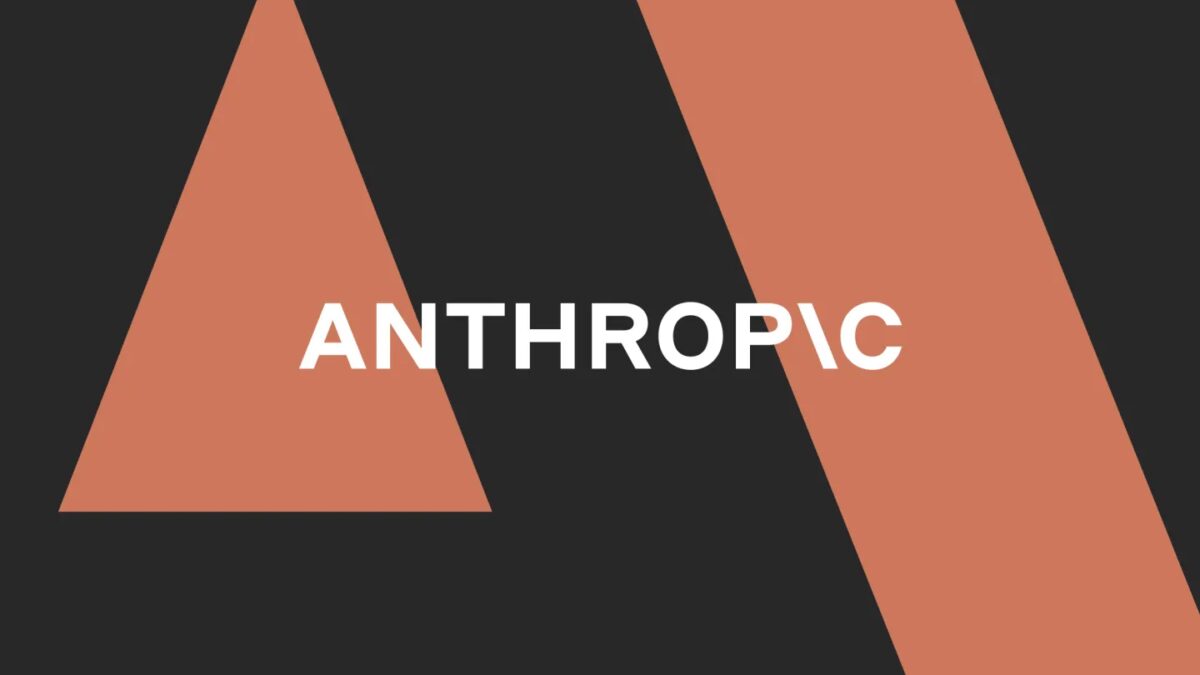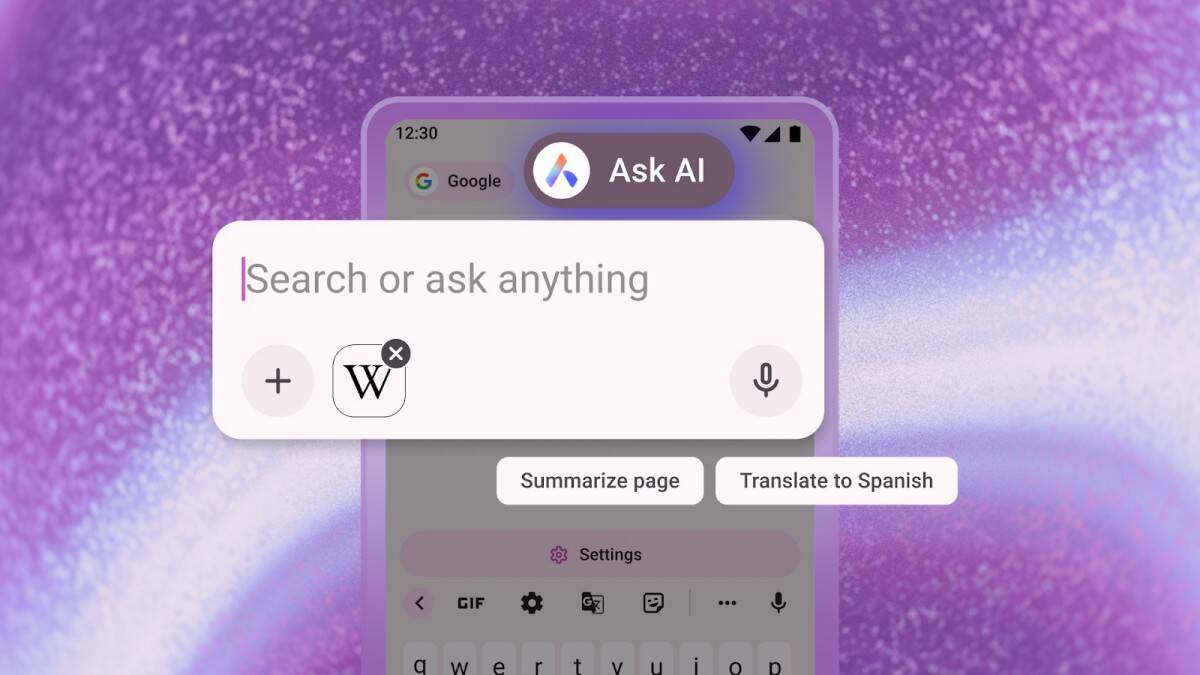OpenAI introduced the o3-pro model with improved accuracy
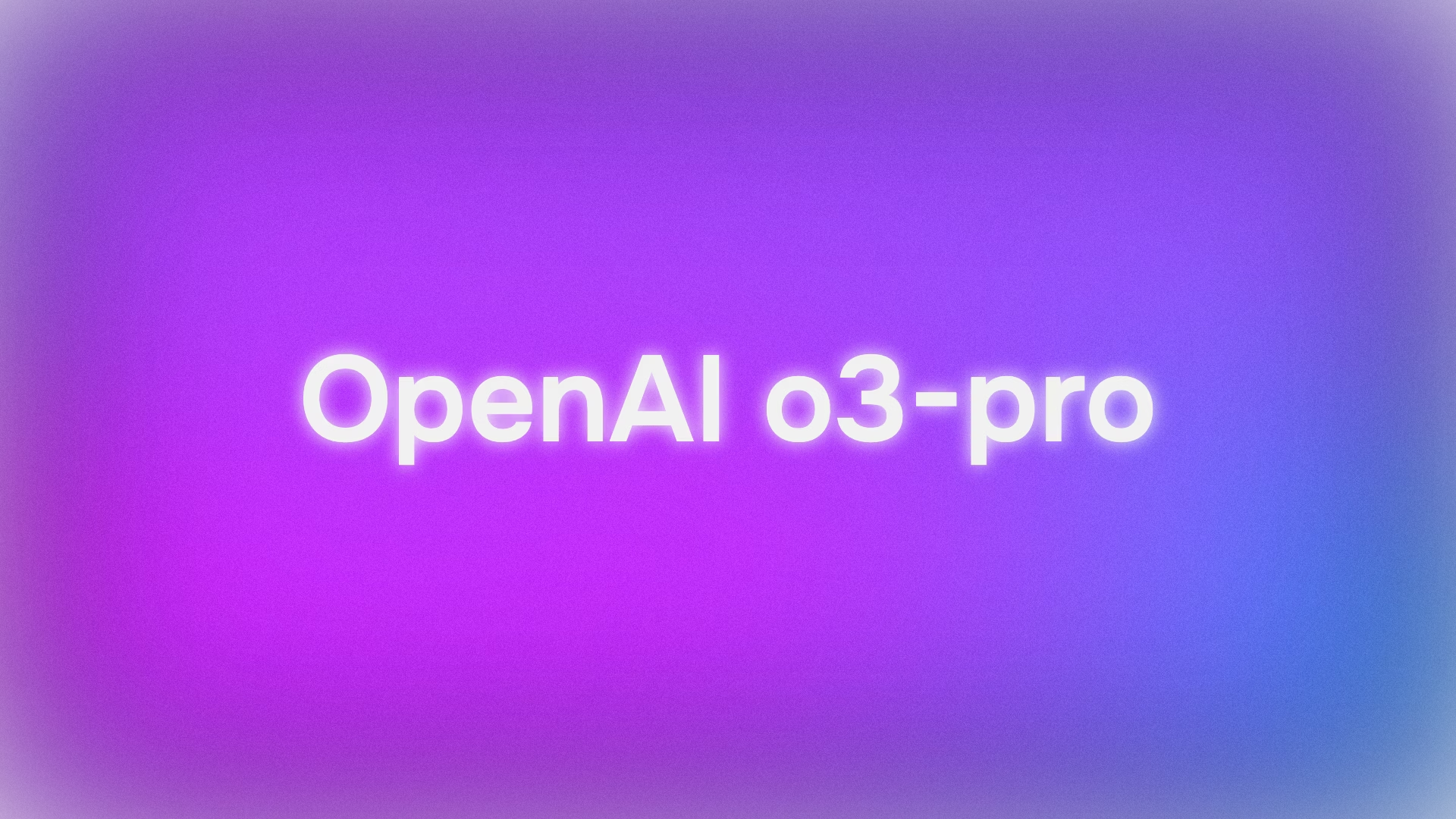
OpenAI announced the new o3-pro language model, which offers enhanced capabilities for enterprise users and developers seeking high accuracy and reliability despite reduced responsiveness.
The new o3-pro model comes just hours after the company announced a price cut for the base o3 model. In contrast, the o3-pro focuses on more “deep thinking” and improved response reliability, and offers enhanced integration with tools ranging from image analysis to Python to web search.
The o3-pro is designed to provide a more “deep thinking” approach and improved reliability of responses, and offers enhanced integration with tools ranging from image analysis to Python to web search.
OpenAI relies on quality answers over speed
As OpenAI explained in a press letter, “Because the o3-pro model has access to tools, responses typically take longer to generate than the o1-pro model. We recommend using it for complex tasks where reliability is important and you can wait for a few minutes.”
The o3-pro model is a good choice for complex tasks where reliability is important and you can wait for a few minutes.
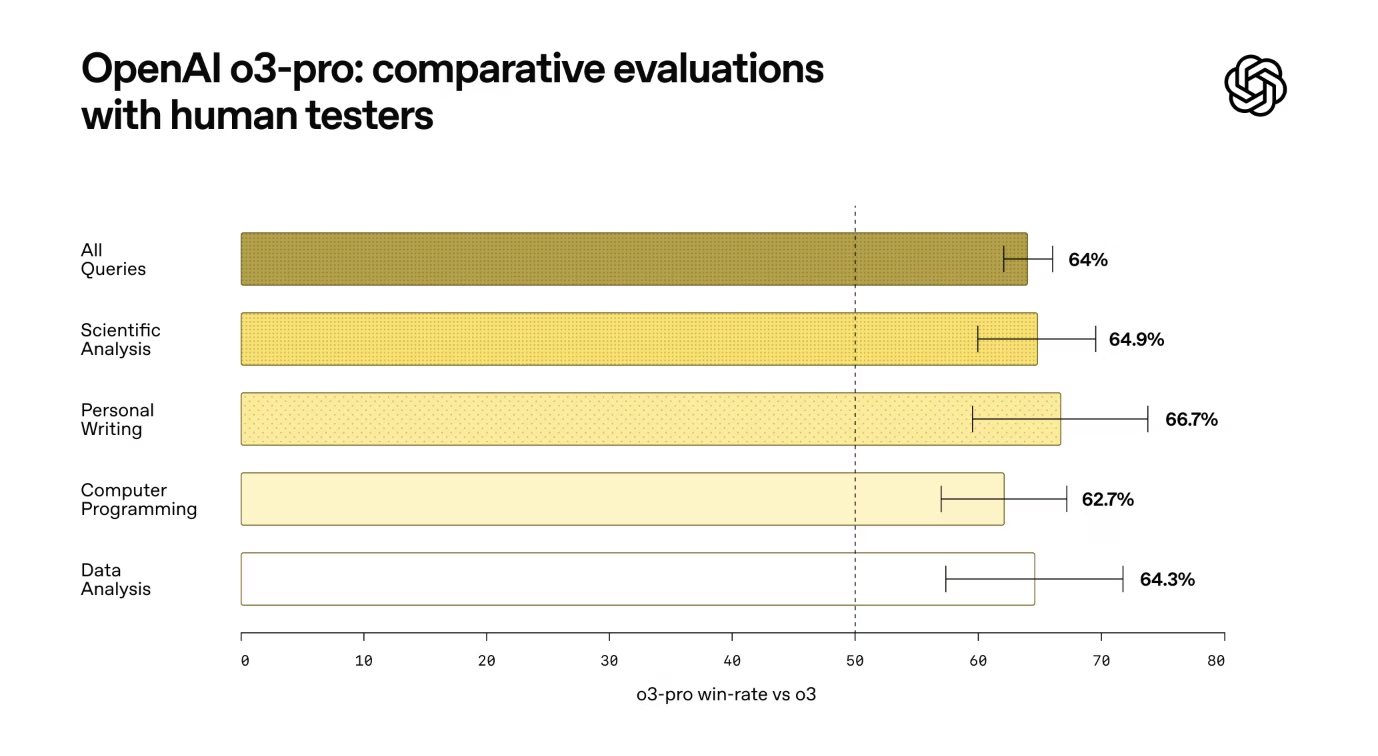
The exact delay time has not been reported yet. However, one user, Yuchen Jing, CTO of Hyperbolic Labs, posted screenshots on social networking site X, showing that the model’s response to the phrase “Hi, I’m Sam Altman” took about three minutes and required $80 worth of tokens.
The model is available through the API and ChatGPT for paying users
The o3-pro model is available via the OpenAI API and in ChatGPT for Pro and Team plan users. It replaces the former o1-pro in the list of models for subscribers.
According to OpenAI, the o3-pro has access to ChatGPT’s full suite of tools: it can search the web, analyze files, work with visual input, run Python code, and personalize responses.
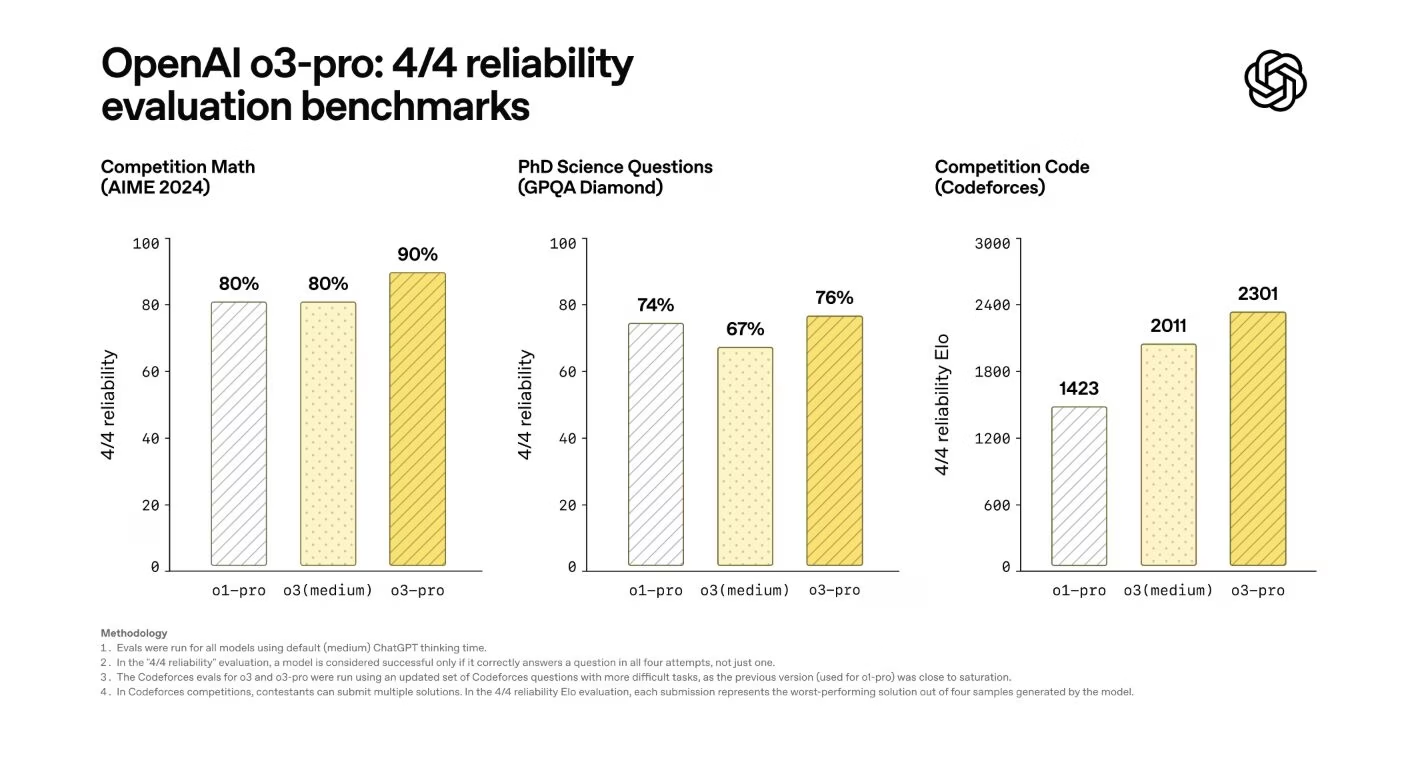
But the cost of use is much higher: according to the OpenAI website, a single request to o3-pro costs $20 and the response costs $80. By comparison, o3 costs $2 for input and $8 for output.
Improvements in accuracy and adherence to instructions
Despite the high cost and reduced speed, the o3-pro uses the same architecture as the base o3, which launched in April along with the o4-mini. However, according to internal testing, the o3-pro performs better in the areas of science, education, programming, business and writing. Expert evaluations show that the model is more accurate, covers more topics and follows instructions better.
Accordingly, the o3-pro model is more accurate, covers more topics and follows instructions better.
The o3-pro is currently unable to generate images, and the “temporary chats” feature is temporarily disabled. The ChatGPT Canvas extended workspace is also not yet available for this model.
First impressions and community reaction
Despite the high cost, some early users are responding favorably to the model. For example, Ben Hyak, former Apple Vision Pro interface designer and co-founder of the startup Raindrop AI, blogged, “It’s noticeably better at navigating its environment, telling you exactly what tools it has, when it’s worth turning to an external source, and when it’s worth choosing a different approach.”
At the end of the day, it’s a good idea to use it as a tool to help you understand your environment.
The o3-pro unveiling coincided with a major milestone for the company, as OpenAI reported that three million enterprise customers are already using its solutions, and the number of business users has grown 50% since February.
The OpenAI unveils o3-pro with improved accuracy was first published at ITZine.ru.





